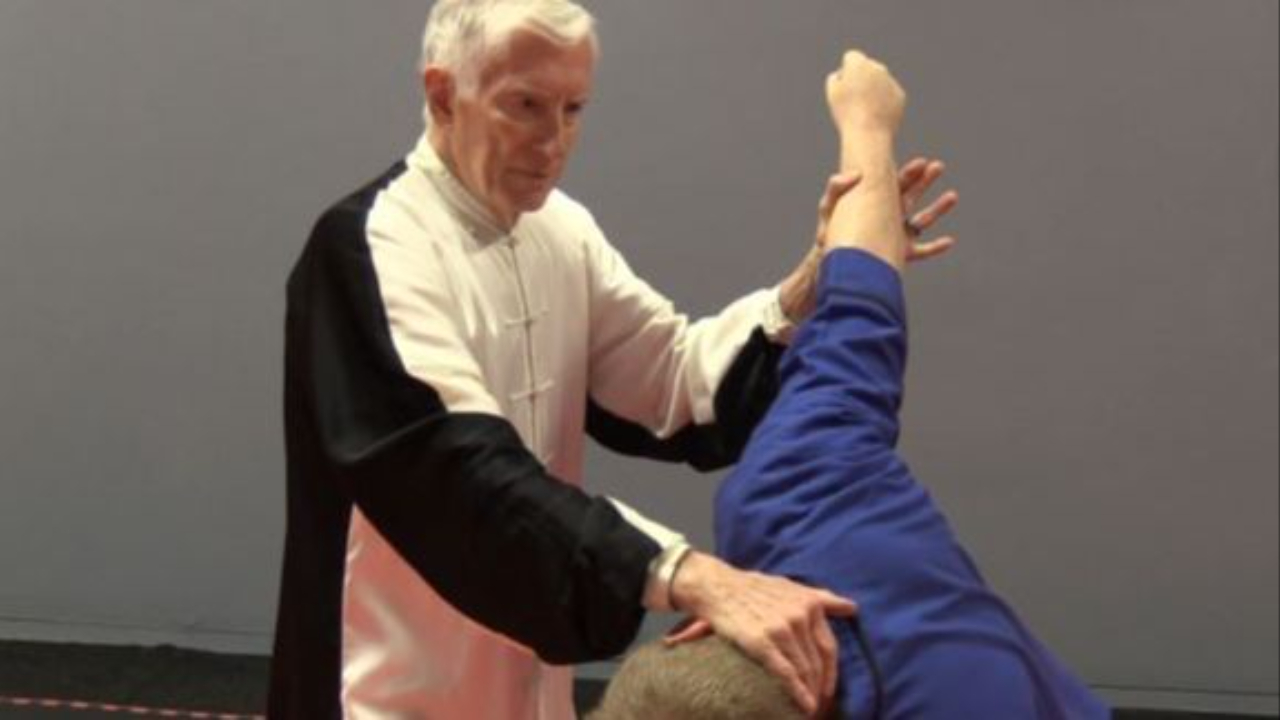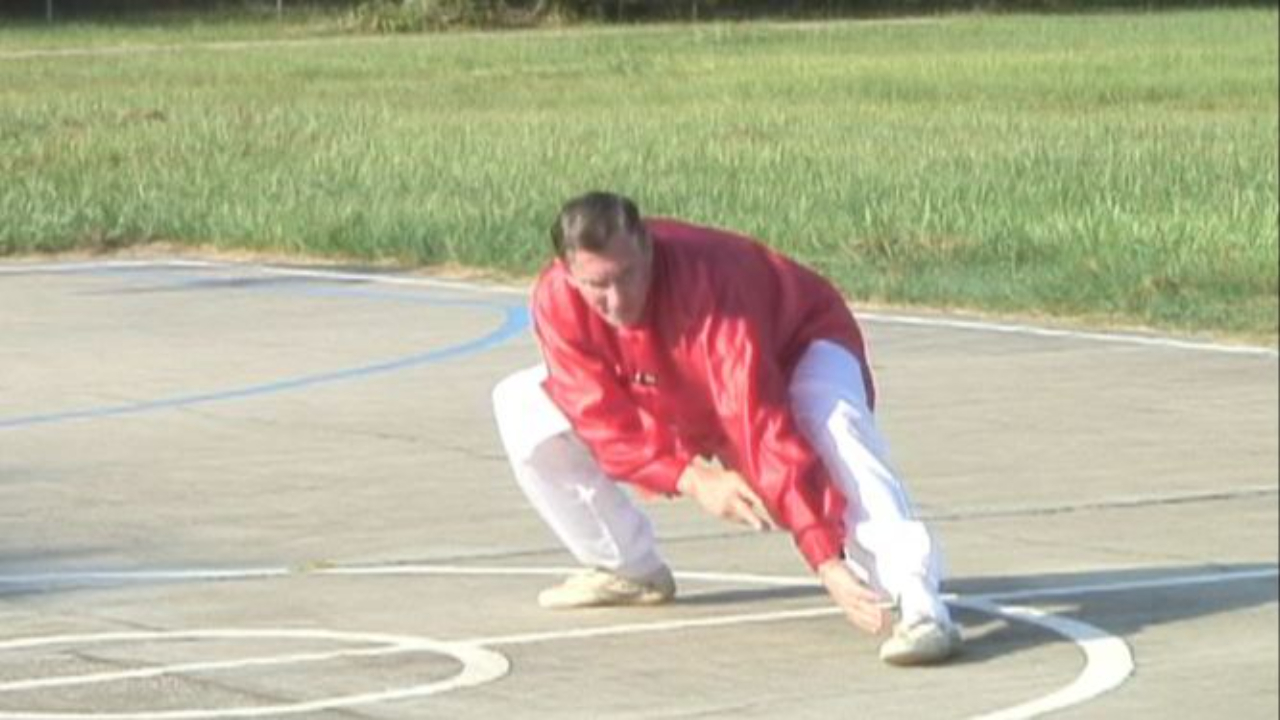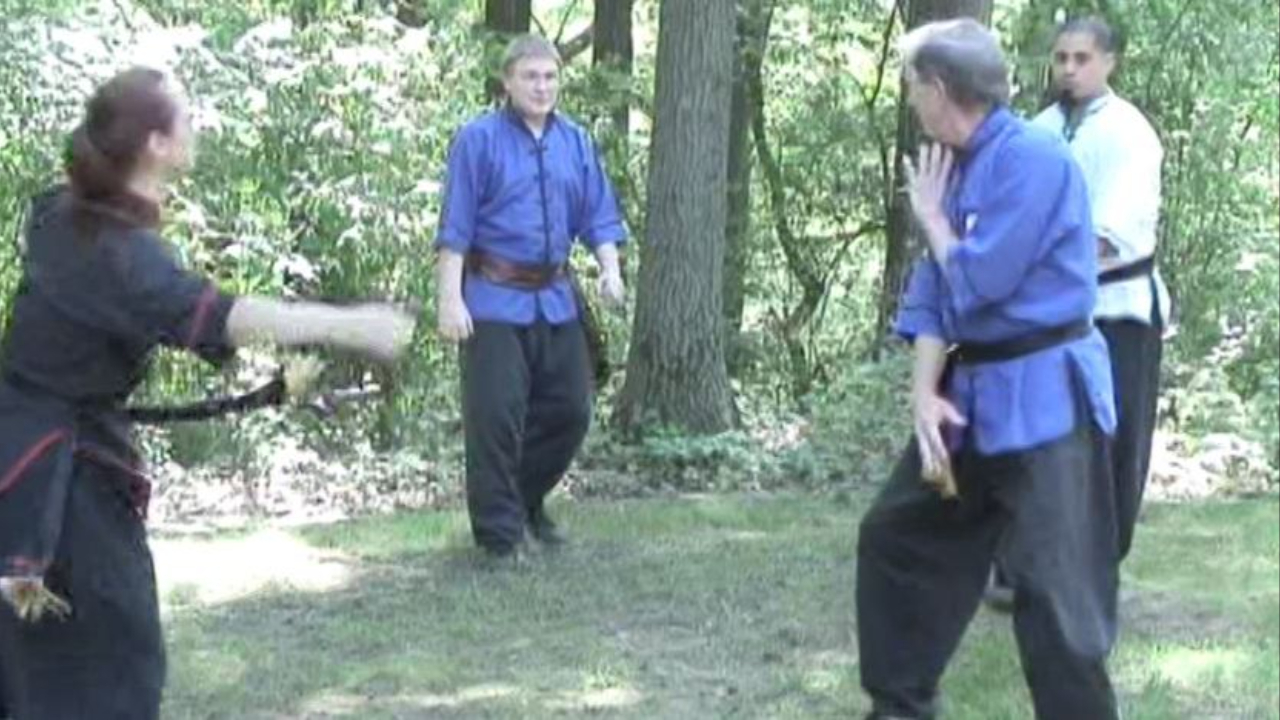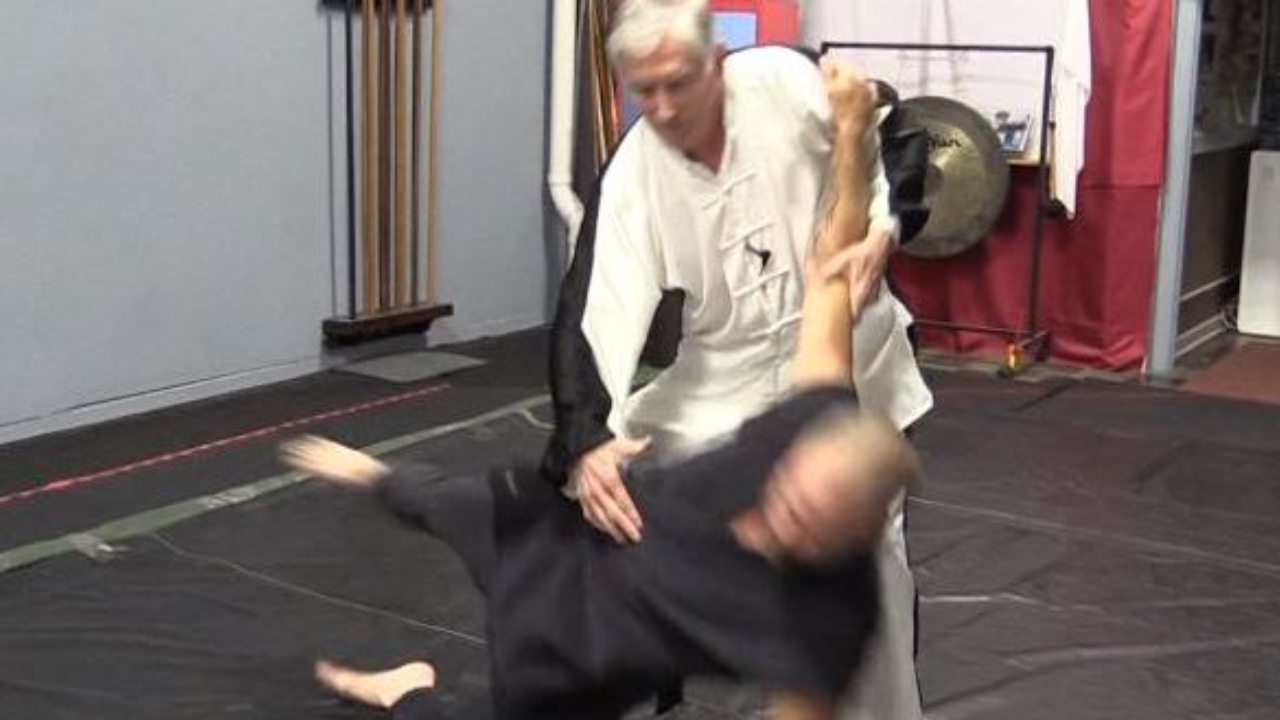Which Art Would You Use in a Fight?

I have been asked this question many times over the years, in different ways. This morning I received an email and it was worded this way (the email is italicized):
Firstly, I enjoy your site. Thanks for sharing your knowledge and experience.
Each of 3 internal arts approaches the problem of self-defence in a different way. By learning all 3 arts does this promote a confusion in response to an attack- a mental freeze caused by having too many options.
I would imagine that the response would be determined by which response has been imprinted on "muscle memory" the most. If this is the case then does learning all 3 arts inhibit a quick response or at least not help.
On the other hand do all 3 arts feed off each other in some way which helps each one to improve? How do all 3 internal arts work together? Are they independent responses or interdependent?
Or do all 3 arts combine in a unique way in each individual so that in a self defence situation the response is tailor made by ...
Silk-Reeling and Self-Defense: Strategic Handling of External Force

Yesterday, when my new Silk-Reeling Energy ebook was released through Amazon's Kindle, a couple of friends gave me grief for believing -- they thought -- in an invisible mystical energy that can't be measured by scientific methods.
I laughed, because the use of the word "energy" throws off a lot of Westerners. Let me clarify. And as I do, I will show some photos of a self-defense application for one of the exercises that are described in the Silk-Reeling Energy ebook and on the Silk-Reeling DVD.
When the Chinese talk about a certain energy, such as the 8 Energies of Taiji, it is a bad translation when we think of it as a scientifically valid energy. Actually, it is a method or particular skill that helps you strategically handle external force that is applied to you -- a punch, for example.
Think of it like a good baseball hitter -- my hero Pete Rose, for example. Pete was not a gifted at...
Bagua Self-Defense - Swallow Skimming Over Water

This is a short clip from a longer instructional video on the self-defense applications of the Cheng Bagua form "8 Main Palms." It is from the section called "Overturning Body Palm." In this video, I demonstrate some of the body mechanics required for the movement "Swallow Skimming Over Water" when used to pull down an attacker.
In this section, Swallow Skimming Over Water comes after a movement of the hands out from the centerline and a kick. In part of the video, I ask my student Colin Frye not to cooperate, to show that the body mechanics work even when your partner isn't playing along. One of my pet peeves about intricate winding Bagua movements is that many of them don't work against a motivated adult male attacker. As usual in fighting, the simple techniques are often the best.
The Power of Bagua Self-Defense - Yin Yang Fish Spinning Elbows

I'm currently shooting video for my membership website and a future DVD on the 8 Main Palms form of Cheng Baguazhang. Today, my student Colin Frye and I were working through the fighting applications of two sections -- Grinding Palm and Turning Body Palm. In both, there is a good deal of spinning.
In Turning Body Palm, there is a move called Yin Yang Fish. It begins with a scooping hook movement and then you spin.
Hidden within the spin is an elbow strike that can do a lot of damage. Here is a short clip showing me demonstrating the elbow strike against a thin board and then a thicker board. Using boards in this way helps you see if you are delivering power in your techniques.
Bagua (also spelled pakua) fighting is powerful. There are many self-defense techniques hidden in Baguazhang forms. One of my favorite things is to study the way the movements translate to fighting applications.
A Bagua and Taiji Way to Unbalance - the Hook Step

One of the effective techniques used in Bagua and Taiji to unbalance an opponent occurs when the opponent steps toward you, or you step toward them.
In Bagua, this is called by some the "bagua foot." It's a hooking step that sets you up to apply pressure on your opponent's calf and cause them to lose their balance.
In the first photo, Kim Kruse (on the left) takes a step toward Colin Frye. She's stepping with her right foot. He hooks his left foot behind her right ankle.
In the second photo, Colin presses forward with his shin, applying pressure against Kim's calf. This causes her left shoulder to move backward and to the side.
In photo 3, Colin has taken advantage of the turning of the shoulder -- he pulls on the shoulder and Kim falls backward.
This is a great internal technique. Remember, the idea of internal kung-fu is to unbalance your opponent and take advantage of the window of opportunity that becomes available when they lose their balance.
You remain centered --...
The Circle of Death Practice for Taiji, Xingyi, and Bagua

In our practices in the Quad Cities, we enjoy doing the Circle of Death. Here's how it works.
One person gets in the center of the circle and ha so defend as the people on the rim of the
circle attack one-by-one. Sometimes we do it empty hand and the defender must defend with just Hsing-I, just Tai Chi, or just Bagua techniques.
Sometimes we do it with weapons, as we did tonight. We each took turns in the center (including me) and defended with one weapon as others attacked with different weapons, including staffs, broadswords, straight swords, and elk horn knives.
It's always fun, and it gives you a chance to think on your feet and learn how to respond to different attacks.
It's important for the instructor to watch carefully, and if a student doesn't get a reaction right, they should be asked to do it again. The importance of this drill isn't to humiliate the student -- the importance is to have them internalize the actions that it takes, and the techniques required, to defend...
How Tai Chi, Hsing-I and Bagua Techniques Overlap in Self-Defense

In class the other night we were practicing Heng Chuan, Hsing-I's "Crossing Fist," against a roundhouse kick. The photos are shown here.
In photo one, the attacker (Leander Mohs) throws the kick.
In photo two, I absorb the kick with my left arm and cross my right arm under the attacker's calf.
In photo three, I apply pressure to the outside of his leg and push inward, bending it at the knee.
In photo four, I apply a paring, splitting palm to the knee and he goes down. He has to go down. He has no choice.
When you practice this, you realize that the application is the same as the opening for the Chen Tai Chi movement "Fair Lady Weaves at Shuttles."
And this is something we see across the three internal arts that we practice. Several of the principles and palms of Bagua are also in this application, including Blocking, Twining or Snaking, Upward Palm, Outward Palm and Splitting Palm. Dan T'ien rotation is always applied, regardless of the art, and when the kick comes in, ...
Moments of Vulnerability - A Strategy for Self-Defense

If you're ever in a situation that calls for you to defend yourself, it's a complex situation that calls for you to make several fast judgements before taking action.
Connecting with your opponent is essential, but it takes a lot of practice to be able to remain calm enough to do this. You need to quickly understand his mental state, his quickness, his timing, the rhythm of his movements, and when he is deciding to attack.
Martial arts theory can become complicated. In a self-defense situation you must quickly determine your proper distance from the opponent -- this will depend upon his speed and your speed, your reflexes or ability to reach the opponent with your techniques. You must determine your opponent's timing compared with yours, and the intervals that happen between techniques. And finally, you must assess the rhythm that your opponent is using and how you can disrupt or take advantage of that rhythm.
With all this going on, there are moments of vulnerability happ...
Tai Chi Self-Defense Workshop was a Lot of Fun

At least 17 people showed up for my workshop yesterday at John Morrow's Academy in downtown Moline, Illinois. Martial artists from all styles were there -- TKD, karate, another tai chi instructor (Yang style), Shaolin students -- it was a great group of very nice people.
Two members of the online school drove in from Dixon, Illinois and another member, Wally, drove in from Chicago.
We went over fighting applications from the Chen 38 form. Each of the participants will receive a DVD -- Nancy videotaped it for the Chen 38 DVD that's due out in the next two weeks.
I knew I was going to enjoy showing internal body mechanics to a variety of martial artists. It was a blast showing them fighting applications from tai chi, and the relaxed power you can generate from the proper body mechanics.
One of the hallmarks of "external" styles is the twisting of the hips. Many martial artists twist their hips too much when they move, and they kink their posture and put themselves into vulnerable po...
Green Dragon Turns Its Body - Bagua Fighting Applications

Bagua is a fascinating martial art -- circling and changing, taking control of your opponent's center and countering.
A common movement in Bagua is sometimes called "switching," and it is part of the movement "Green Dragon Stretches its Claws."
It's an excellent fighting application for the street or even for tournament sparring.
Here's how it works: in Photo 1, the opponent's punch is met with a deflecting arm. This is easily done if you connect with your opponent and anticipate his attack.
In Photo 2, you turn the arm with the waist and with whole-body movement, starting with the ground. As you do this, your opponent's arm is flung into emptiness and often, his back is now turned.
In Photo 3, you take advantage of his vulnerability and deliver counter strikes, in this case a palm strike to the head.
Like any art, learning to use Bagua for self-defense takes a very long time. You must start with the basics and lay a good foundation by working on circle-walking, the mother p...
